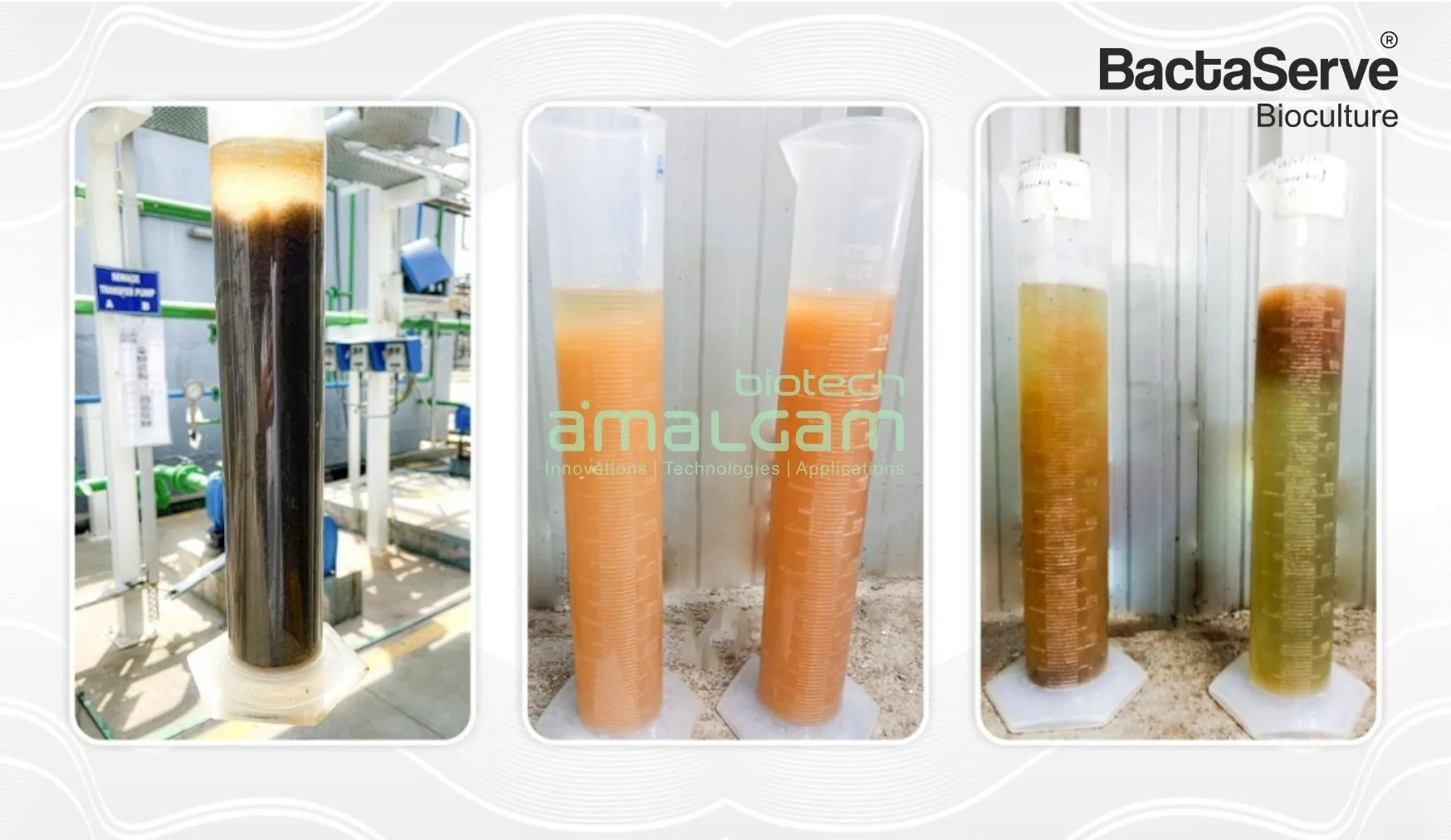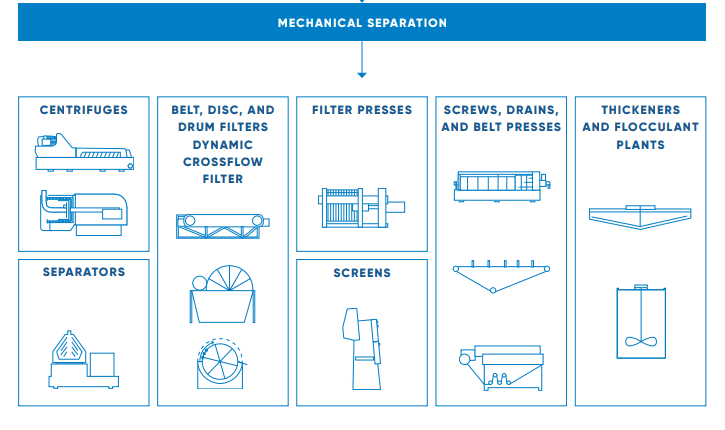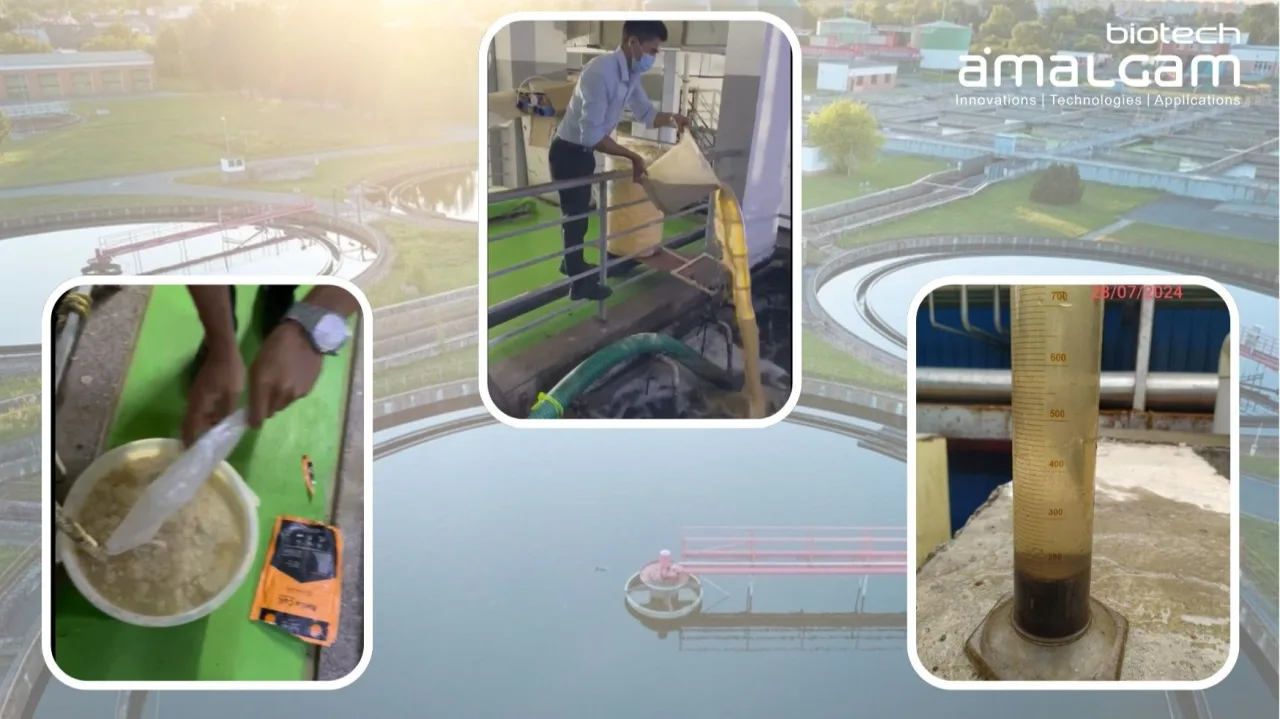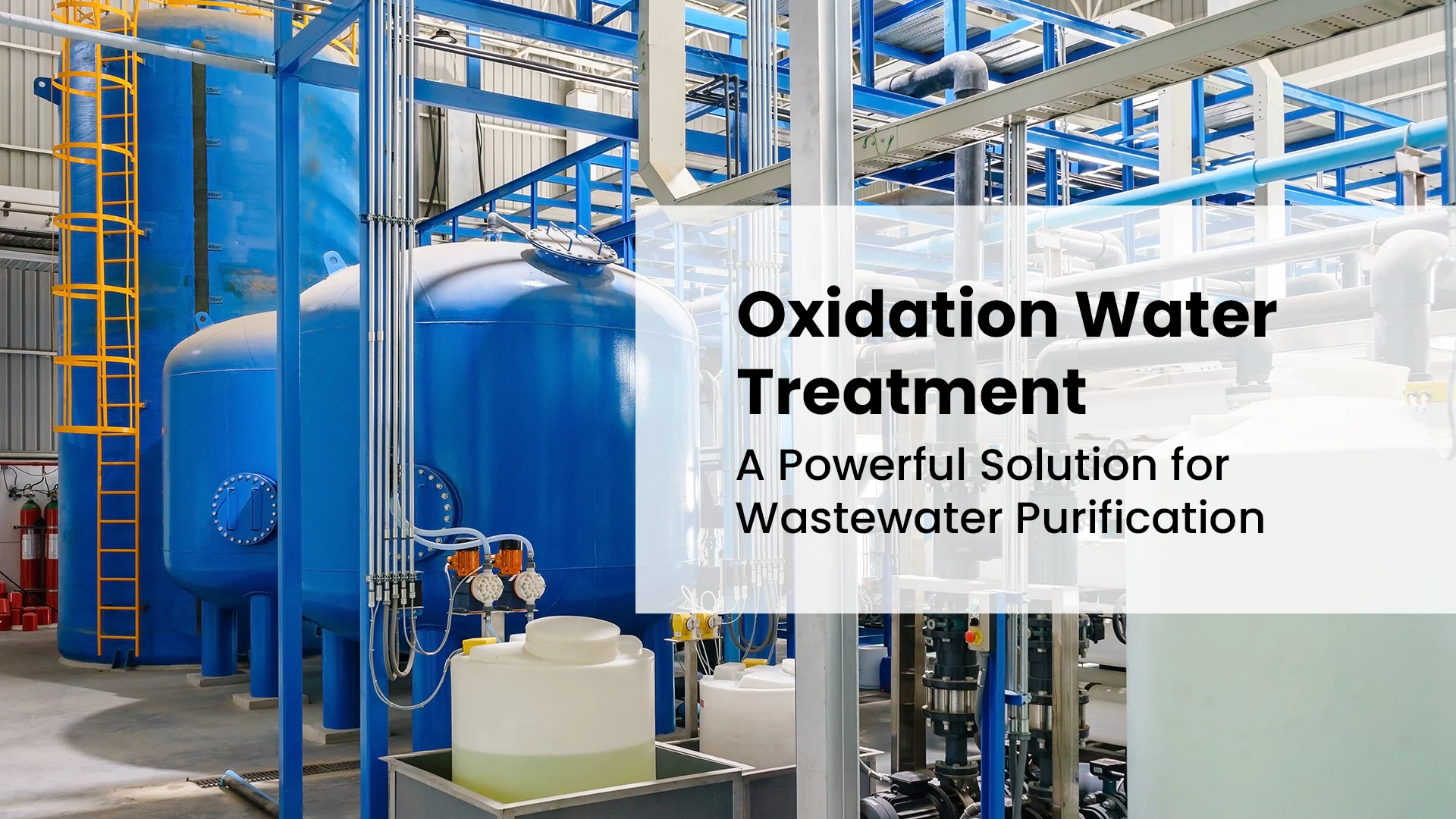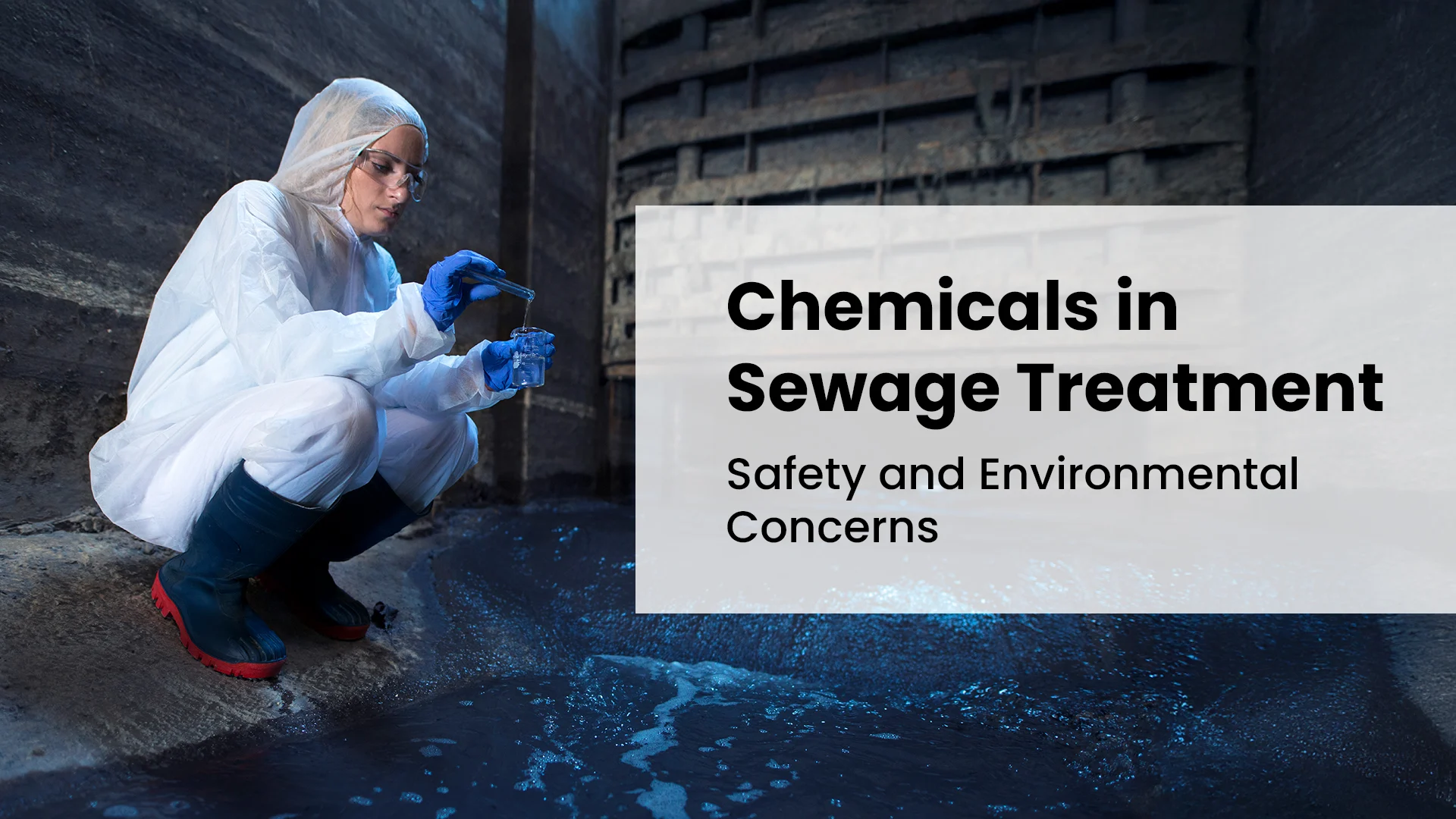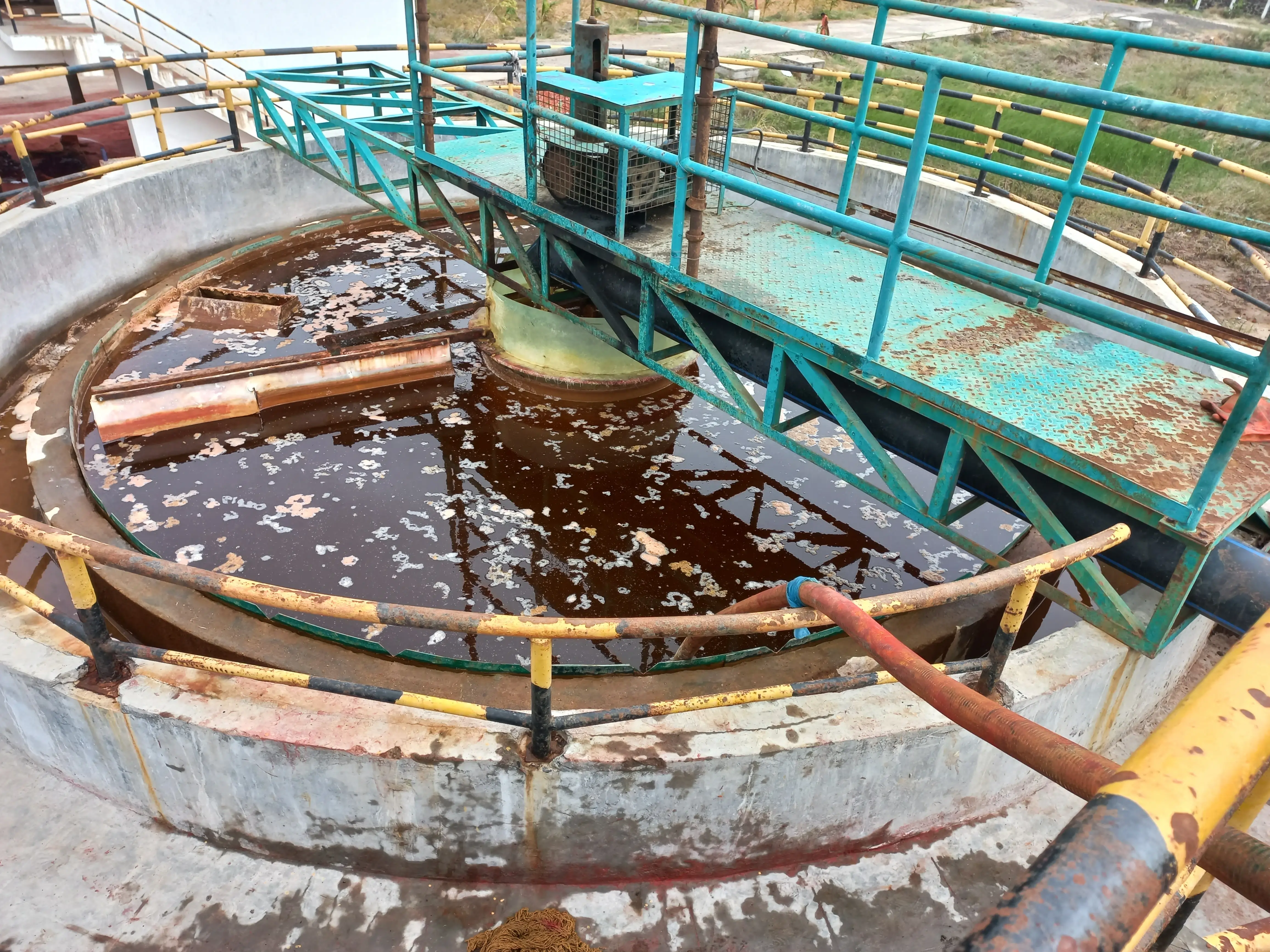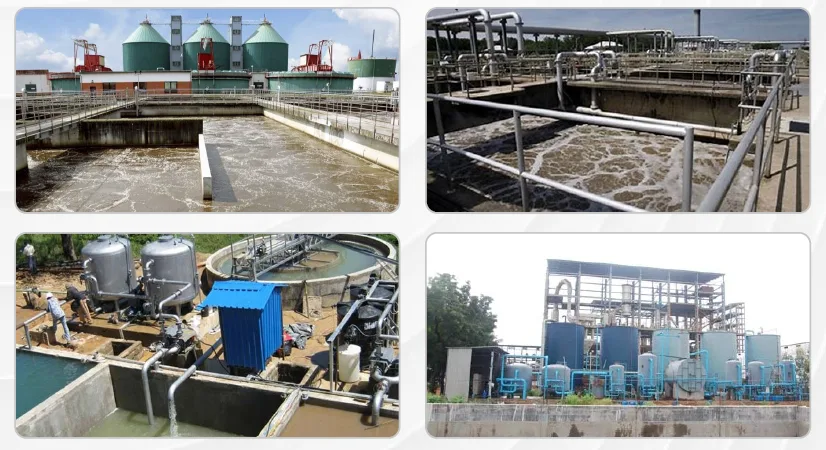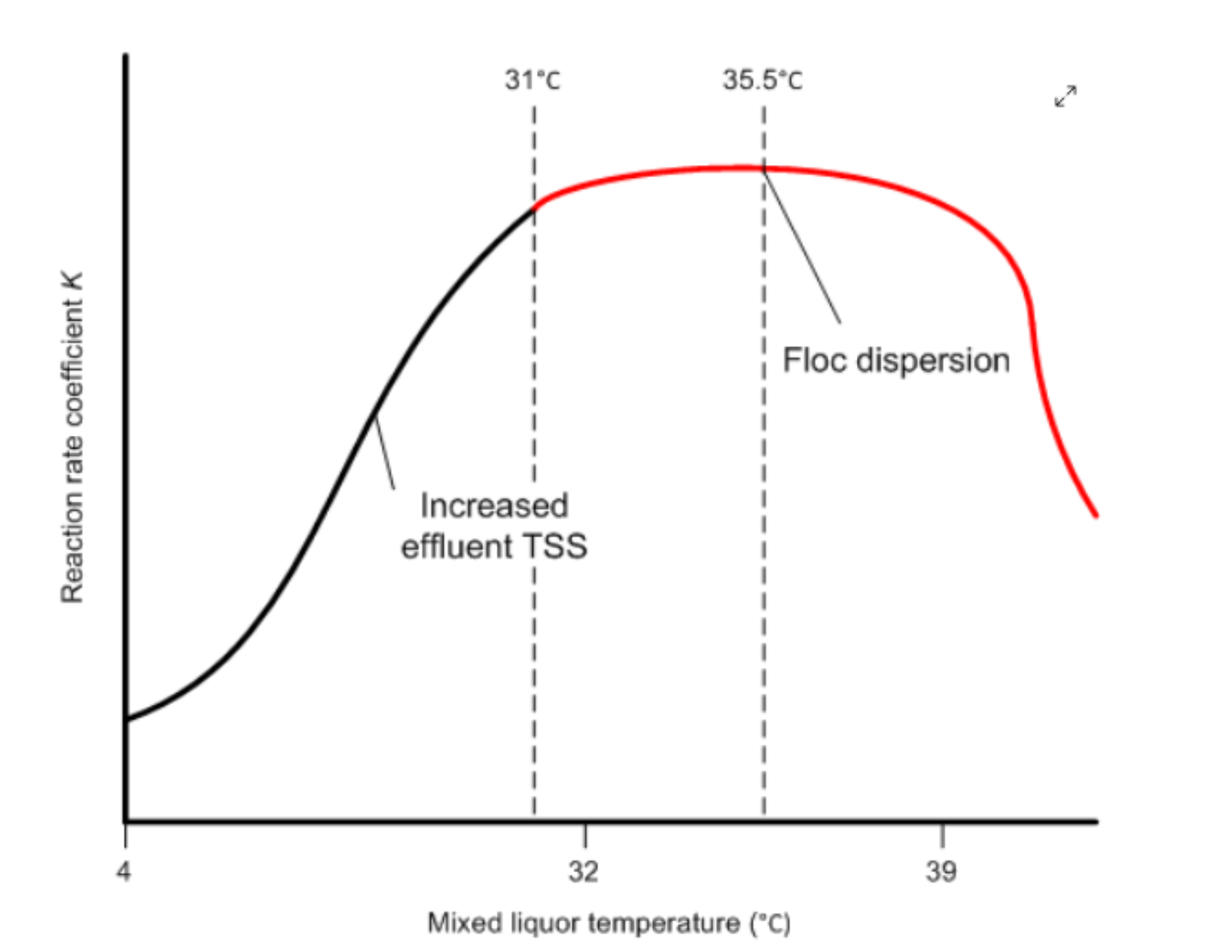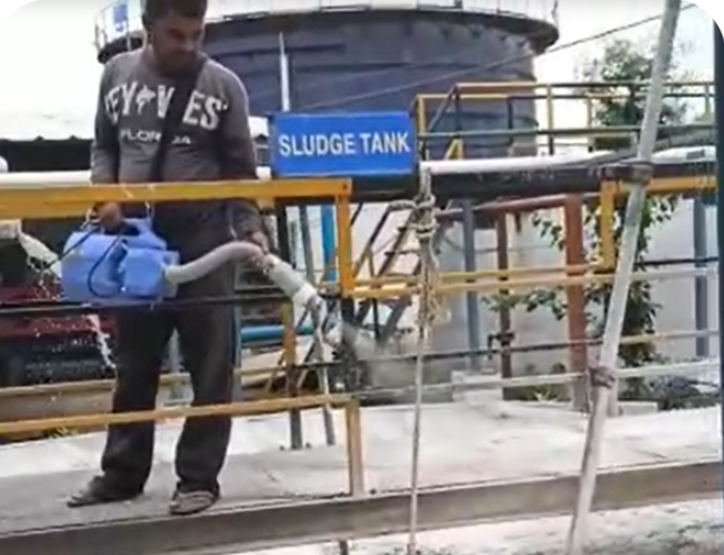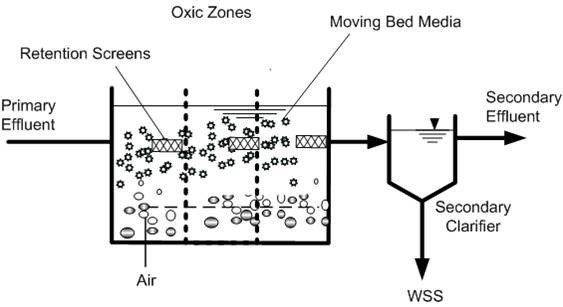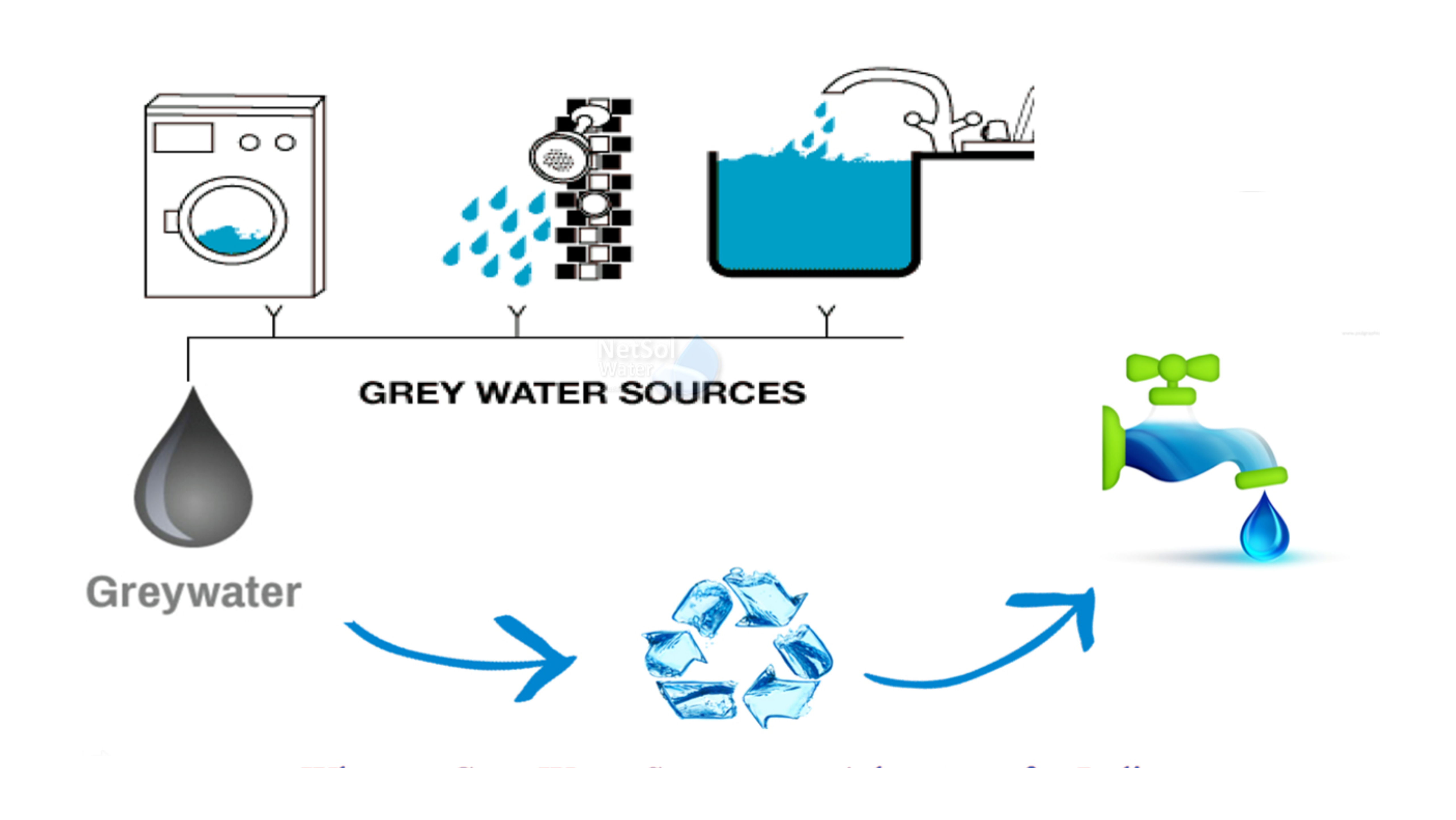Wastewater bacteria cell generation !!!!
Here is the best possible way to introduce this topic: Bacteria are amazingly complex, even though each has only a single cell. Bacteria make up about 95 percent of all the microorganisms in activated sludge.As long as enough nutrients are available, bacteria can multiply very rapidly by splitting into two identical cells. Some can divide in two in only .11 minutes Many can double in 20 to 30 minutes.
The rate at which bacteria reproduce in an activated sludge system is something I am asked about more often than you might expect. Though there is great variability in the rate at which bacterial cells divide, and every wastewater treatment system is different, I thought it might be useful to provide some examples.
The rate at which a bacterial cell reproduces (the generation time), by means of cell division (fission), is constantly changing. Reproduction rates differ significantly between (and within) groups of aerobic, facultative, and nitrifying bacteria. In addition, bacterial populations are in a constant state of flux, competing with one another, growing and shrinking as conditions in the bioreactor change.
The most important microorganisms in the activated sludge process are bacteria . Fungi, protozoa, and metazoan are of secondary importance.

Aerobic Bacteria: Bacteria that must have molecular (dissolved) oxygen to survive. Nitrifying bacteria are strict aerobic bacteria.
Facultative Bacteria: Bacteria that can use either dissolved oxygen or oxygen obtained from sulphate or nitrate ions. This gives facultative bacteria the ability to live under aerobic or anaerobic conditions. Cell division for facultative bacteria is greater (more efficient) under aerobic conditions.
The majority of the bacteria in activated sludge are facultative—that is, they can live in either the absence or the presence of molecular (dissolved) oxygen. This is critical to the survival of activated sludge during periods of oxygen deficiencies.
Anaerobic Bacteria: Bacteria that do not use free molecular oxygen for the degradation of substrates. These organisms include sulphate-reducing bacteria and methane-forming bacteria that use sulphate and carbon dioxide, respectively.
Floc: Floc is comprised of clumps of bacteria and particles that have come together in the bioreactor to form a cluster. A floc mass is made up of millions of organisms in a good activated sludge, including bacteria, fungi, yeast, protozoa, and worms.

Factors that Influence Cell Generation Time
One key factor is whether we are considering cell generation in a municipal or an industrial wastewater system or some combination of both. For the sake of simplicity, I want to take the position that fewer stressors exist in a municipal wastewater plant compared to an industrial treatment system.
Industrial wastewater treatment plants, for example, are more likely to experience wider swings in the organic load, ammonia load, pH of the wastewater, wastewater temperature, etc. These are called “abiotic factors.” Abiotic factors are the non-living components or operational conditions in a biological treatment unit that affect the activity and growth of the biomass. Significant abiotic factors in the activated sludge process include alkalinity, ionized ammonia, dissolved oxygen, hydraulic retention time (HRT), nutrients, pH, quantity and types of substrates, sulphate, temperature, toxic wastes, and volatile acids.

